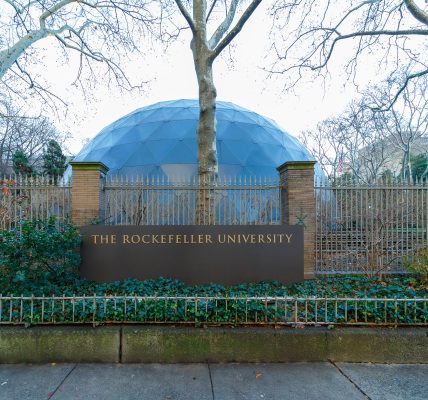What Is Addiction?

What is addiction? It might sound like a question with a simple, one-sentence answer. Addiction is compulsive behavior. However, there are many compulsive behaviors that are not addictions: breathing, blinking, yawning, sleeping, eating, etc.
I have yet to see a definition of addiction that does not include self-harm or harm to others. Addiction is a compulsive behavior that the sufferer continues despite self-harm. This definition immediately opens a gray area of compulsive behavior that does not cause significant self-harm and may, in fact, be self-helpful. For example, many people compulsively drink caffeine every day without apparent self-harm and with possible health benefits. We do not consider them drug addicts.
People who use alcohol in moderation are not considered “alcoholics” and may derive some health benefits from measured use. For drinking alcohol to rise to the level of addiction, it must be at a level of harm to others or self-harm which the sufferer wants to stop but can’t. This is now a four-part definition of what it means to be addicted:
- compulsive behavior
- at a level causing self-harm
- or harm to others
- that even the addict wants to stop
This broader definition of addiction leaves even more wiggle room for those who compulsively use a substance or engage in a behavior that is self-harming but not harmful to others. They do not consider it to be a problem and they have no desire to stop. You can compulsively do things that cause self-harm, but it’s your life and that’s the way you want to live it. You are not an addict.
There is some recognition that the language of addicts and addiction no longer makes sense. There is a reason the words “drug addiction” have been dropped in favor of substance use disorder. People need to take drugs every day to stay alive in many cases. But some people have a problem with some drugs, so we have opioid use disorder, alcohol use disorder, nicotine use disorder. This terminology more accurately reflects that millions of people use these substances in a compulsive manner that is not harmful to others.
The National Institutes of Health say addiction occurs when people “lose control over their actions” in “destructive ways.” They call addiction a “brain disease.” The head of the National Institute on Alcohol Abuse and Alcoholism (NIAAA) George Koob states:
The brain actually changes with addiction, and it takes a good deal of work to get it back to its normal state. The more drugs or alcohol you’ve taken, the more disruptive it is to the brain.
One of the signs of addiction, according to the NIH, is when people “use drugs or alcohol to keep from feeling bad rather than for their pleasurable effects.” Withdrawal or the fear of withdrawal compels people to consume, often at ever-increasing levels, in part because the brain’s reward system has been “hijacked” through repeated abuse.
The NIH points to brain imaging studies that show “decreased activity in the frontal cortex” for people addicted to drugs or alcohol, according to Dr. Nora Volkow, director of the National Institute on Drug Abuse. Dr. Volkow says drug abuse impairs decision-making to the point where individuals “can’t make the decision to stop taking the drug.”
Dr. Koob says that recovering from addiction requires “real efforts by the individual and usually complete abstinence from the substance afterward.” However, as with the shift to “use disorders,” the language of treatment has shifted away from abstinence toward “harm reduction.” This definition of the harm reduction approach comes from the University of North Carolina resources on addictive behavior:
Harm-reduction is a non-judgmental approach and practice that focuses on making positive changes to promote health and safety. Sobriety or abstinence is not a requirement or expectation to participate in harm reduction treatment.
The closer we come to understanding the mechanism of addiction, the closer the language conforms to the science, and the closer we come to finding effective treatments that lead to harm reduction.
Written by Steve O’Keefe. First published April 17, 2024.
Sources:
“Biology of Addiction,” NIH News in Health, October 2015.
“Addictive Behaviors,” University of North Carolina Self-Help Resources, Retrieved April 15, 2024.
Image Copyright: purpleanvil.




